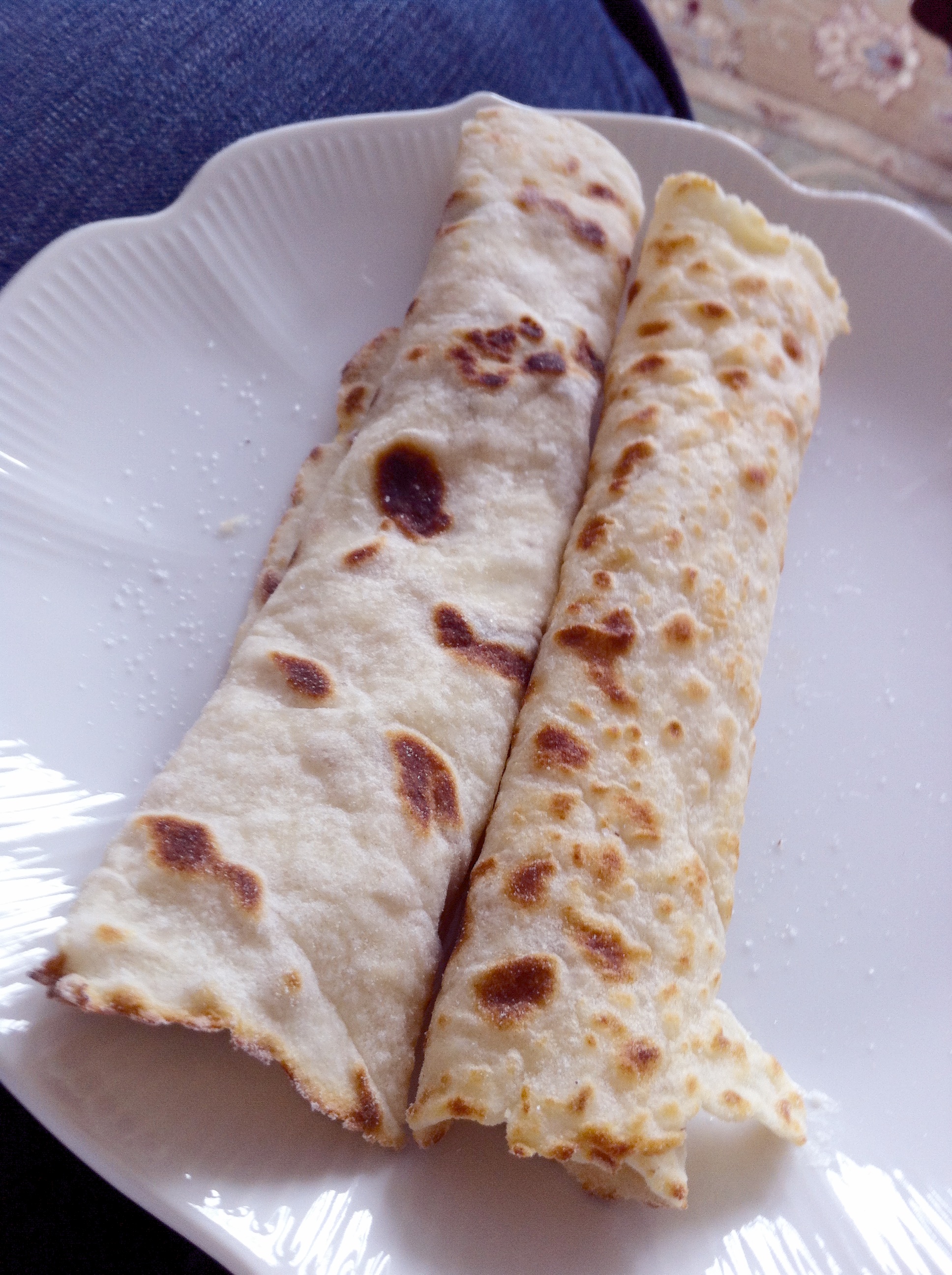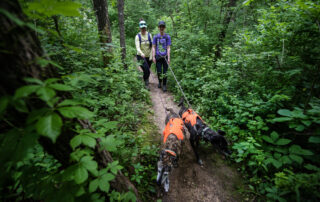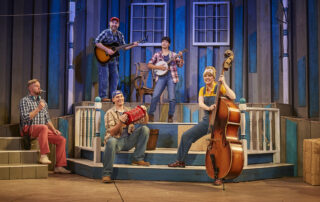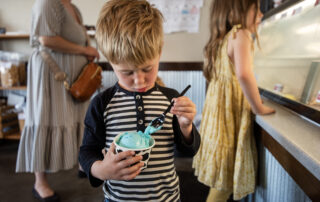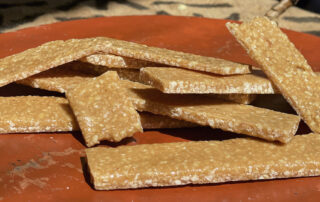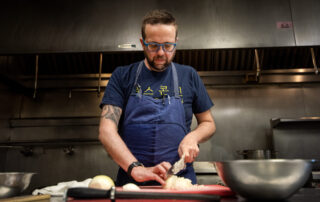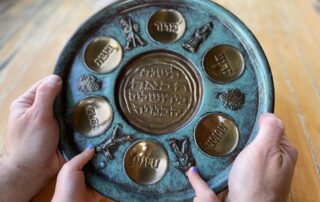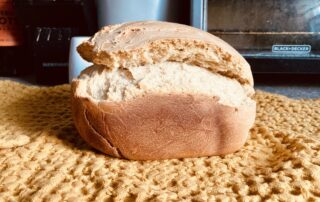Editor’s Note: The Norwegian flatbread known as lefse is a holiday favorite among many people of Scandinavian descent in Wisconsin. Today, Mike Paulus tell us how to make lefse the right way.
When my mom makes lefse, she doesn’t use Potato Buds. Because Potato Buds are for amateurs, y’all. The path to darkness is paved in sticky slabs of Potato Bud asphalt. People, if you’re not boiling up a bathtub-load of actual potatoes on lefse day … just hang your head in shame because you SHOULD NOT be making lefse. Better yet, drop what you’re doing, leave your kitchen, and order up some delicious Chinese takeout food, because you need to focus on something other than Scandinavian cuisine. Trust me on this.
And make sure you’ve got the right tools. Like what? Well, since you asked, you can’t show up to the lefse party without a potato ricer, Cuz. This is what you need to go buy after you triumphantly throw those Potato Buds into a sloppy ditch (and light them on fire). You need to work those potatoes like you’re tilling the back forty into a fertile patch of life-giving earth. Peel ‘em, boil ‘em, and rice ‘em into oblivion.
It’s widely known that Norwegians have the strongest hands on earth. And it’s from ricing all those damn potatoes.
Up next? Add the butter, Bucko. Let it all cool, and then, um … then mix in some other important ingredients I can’t quite remember – and start making patties. After that, it’s time to roll ‘em out flat.
But! Do not pull out a regular, smooth rolling pin. You’ll just embarrass yourself and all of the other conflict-avoiding Midwesterners in the room. A real lefse rolling pin is big and corrugated, Buddy. It’s got deep grooves like an old vinyl record of your grandma’s favorite June Carter song. You gotta flour up that counter and start rolling. You gotta roll those patties out thin.
But not too thin.
Once you’ve made ‘em all nice and flat, it’s time for the griddle. My mom uses a dedicated, round lefse griddle. And that means you should, too.
To transfer, you just reach down and grab the raw lefse with your sticky little fingers, right? WRONG. Are you crazy? You need a special turning stick, friend. When I was a kid, I loved my mom’s lefse-flippin’ stick thingie because it was basically a kid-sized samurai sword. Believe you me – that lefse sword was my trusted companion in countless battles and conquests. I never could have crushed the couch cushion rebellion of 1984 without it.
Anyway. With the effortless grace of a Viking ballerina, you use the flat stick to pick up the lefse and flip it onto the griddle in one smooth motion. (Well, maybe two or three somewhat smooth motions.) And then you let it cook for about 30 seconds on each side. Do not let it linger on the heat too long. You’re not making crackers, kid.
Finally, put the cooked lefse on a towel (because that’s what my mom does), and that’s it! Congratulations – you’ve created a mashed potato tortilla. Enjoy!
